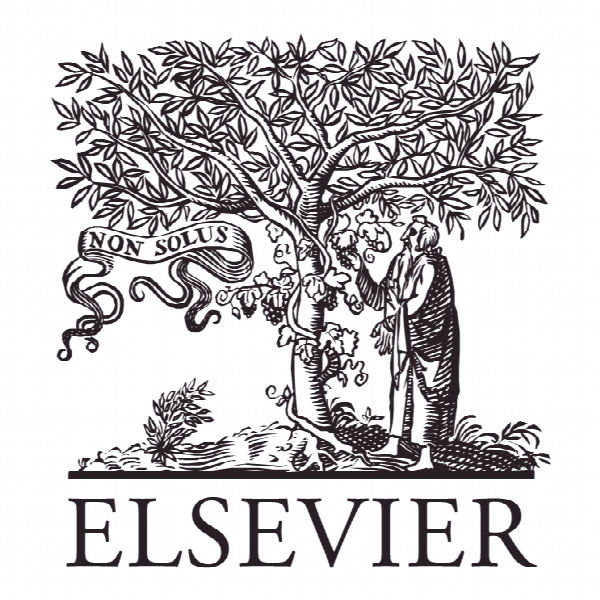رهبری کاریزماتیک رهبران و تعهد پیروان – پویایی تعدیل کننده فرسایش ارزش در سطح اجتماعی Leaders’ charismatic leadership and followers’ commitment — The moderating dynamics of value erosion at the societal level
- نوع فایل : کتاب
- زبان : انگلیسی
- ناشر : Elsevier
- چاپ و سال / کشور: 2017
توضیحات
رشته های مرتبط علوم اجتماعی
گرایش های مرتبط جامعه شناسی
مجله فصلنامه رهبری – The Leadership Quarterly
دانشگاه دانشکده اقتصاد و مدیریت (SEM)، Tongji، چین
نشریه نشریه الزویر
گرایش های مرتبط جامعه شناسی
مجله فصلنامه رهبری – The Leadership Quarterly
دانشگاه دانشکده اقتصاد و مدیریت (SEM)، Tongji، چین
نشریه نشریه الزویر
Description
Leader’s charismatic leadership and followers’ affective and normative commitment Our reasoning is based on Shamir et al. (1993) model of charismatic leadership, which emphasizes values and differentiates valuerelated processes in great detail (Van Knippenberg & Sitkin, 2013). Shamir et al. (1993) described leadership behaviors as role modeling and frame alignment. For the leader to be taken as ideal in the sense of a role model, the authors specify, among other relevant behaviors, leaders’ self-sacrificial behavior for the benefit of vision and mission, taking risks, engaging in unconventional ideological behavior (see also Conger & Kanungo, 1987), expressing confidence in the follower and “demonstrating their own courage and conviction in the mission and thus [emphasis added] both earn credibility and serve as a role model of the values of the vision and mission” (Shamir et al., 1993, p. 585). This wording (i.e., thus), however, implies a direct relationship between a leader’s behaviors and perceptions of the leader as a role model, which does not reflect reality (Gardner & Avolio, 1998). In fact, followers’ interpretations of leaders’ behaviors mediate this relationship (Gardner & Avolio, 1998). This is not explicitly addressed in Shamir et al. (1993) model, yet is important to our discussion since cynicism can influence these interpretations. Interpretations are usually guided by a certain frame (Goffman, 1974). For example, a situation can be defined as being cooperative or competitive (Cornelissen & Werner, 2014). Defining a situation as cooperative requires that followers presume convergence between the leader’s interests and their own, and can therefore trust the leader (Deutsch, 1973). Trust, defined as a follower’s willingness to become vulnerable (Deutsch, 1973), can be considered a key requirement for effective charismatic leadership (Conger & Kanungo, 1987; Gardner & Avolio, 1998). Trust facilitates the attribution of positive characteristics and thereby increases the effectiveness of leadership (Dasborough & Ashkanasy, 2002; House et al., 1991). The opposite is true if followers frame the situation as being competitive. Frame alignment “refers to the linkage of individual and leader interpretive orientations, such that some set of followers’ interests, values and beliefs and the leader’s activities, goals and ideology become congruent” (Shamir et al., 1993, p. 585). Shamir et al. (1993) emphasize specific communicative processes as frame alignment behaviors. The leader describes an attractive future, relates outcomes to values, and anchors those values in shared history and collective identities in order to legitimize the vision inherent organizational values and to provide a sense of continuity for followers. If frame alignment is successful, followers define the situation as being cooperative. Through trust-based attributes (Gardner & Avolio, 1998) the leader becomes a role model with regard to values and behavior. Therefore, a leader’s attempts to achieve frame alignment and develop trust precede followers’ perceptions of the leader as a role model.


